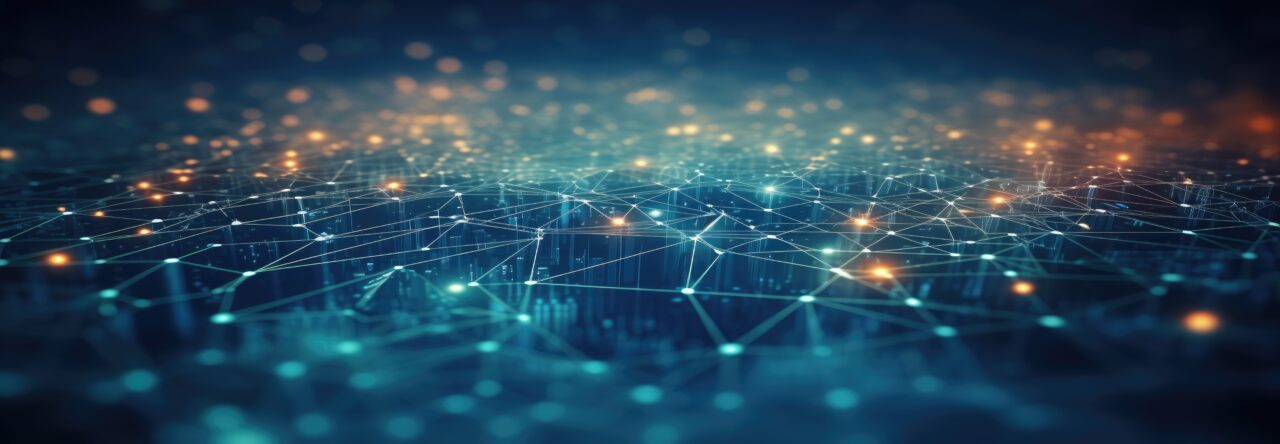The hidden economy of risk mitigation represents one of the largest untapped asset classes in modern finance. This revelation becomes particularly striking when we examine how value is created but not properly captured in our current economic system.
The Invisible Value Creator
Engineers, scientists, and technologists consistently generate massive economic value through risk prevention and mitigation, yet this value remains largely invisible in traditional financial metrics
Consider a fire protection engineer who designs thousands of buildings that never burn – their contribution to society far exceeds their compensation, creating an enormous gap between value creation and value capture.
Converting Intangible to Tangible
The key to unlocking this massive new asset class lies in our ability to measure and monetize risk prevention. When we can quantify the value of disasters that never happened, we can begin to properly value the intellectual capital that prevents them. This creates an entirely new financial framework where:
Risk Prevention Becomes Measurable
The true economic impact of preventative measures can be calculated and converted into tangible assets.
Knowledge Workers Gain Recognition
Engineers, scientists, and technologists can receive compensation more closely aligned with their actual value contribution.
Market Inefficiencies Surface
The current system’s dramatic undervaluation of preventative expertise becomes apparent and correctable.
Economic Implications
This transformation has profound implications for the global economy. Currently, technical professionals typically receive only 2-20% of the value they create
By properly measuring and monetizing risk prevention, we can:
- Create new financial instruments based on risk mitigation
- Develop more accurate valuation models for intellectual capital
- Enable fair compensation for knowledge workers
The current economic system captures this value through banking arbitrage, but a more equitable distribution would drive innovation and attract more talent to critical fields. This represents not just an opportunity for wealth creation, but a necessary evolution in how we value and compensate intellectual capital.
Share
Rewrite
An Invisible Economy: The Ingenesist Project
A firefighter is worth millions of dollars per hour preserving lives and property…but only when there is a fire. A Fire Protection Engineer can design thousands of buildings that will never burn.
In the absence of a fire, the true value of the Scientists, Engineers, and Technologists is invisible. But the value of their economic contribution continues to persist.
What if we could measure the true value of intangible assets into present value existence. A massive new asset class would be unlocked.
The Ingenesist Project uses Game Theory, Blockchain, and Artificial Intelligence to convert intangible assets into tangible form, at scale. There is no shortage of money, only a shortage of imagination.
Join The Ingenesist Project
Analysis
The purpose of this video is to demonstrate how engineers, scientists, and technologists remove RISK from complex systems. Risk is directly correlated to “return” and, therefore, profits.
So what happens to all of that value that a single diligent engineer creates when they remove all of the risk? Is it paid to the engineer? no. Is it returned to the non-victims of the calamity averted? no. Is captured by the the banking system as some form of arbitrage? Yes, absolutely, yes.
This is the deep dark secrets of finance. Don’t let the engineers, scientists, and technologists know that they are paid 2-20% of what they are worth. They may want free stuff like healthcare, job security, or royalties, or else they’ll go build something else that pays better social dividends. Can’t have that.
Obviously the question becomes, what happens when there are no more engineers to eliminate risk? There is a tipping point and we are dangerously close to approaching it. These things are easy to measure, assess, and resolve but there needs to be an institution able to secure material facts and assert the economics of those facts.




